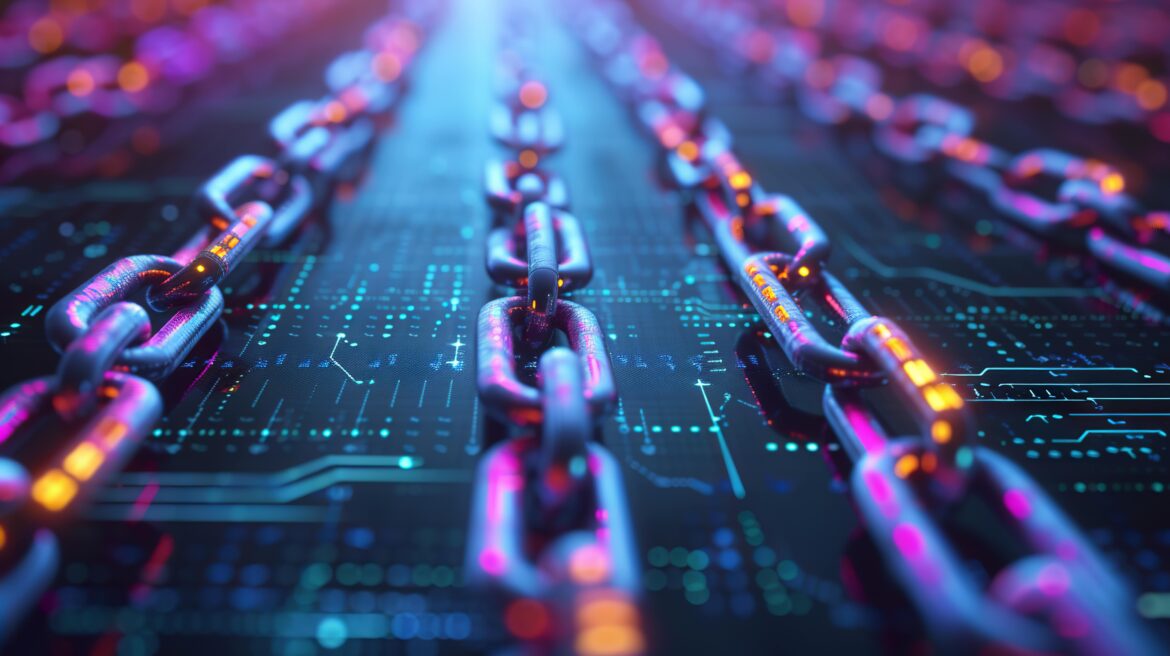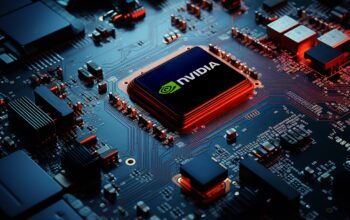Blockchain is a digital ledger that keeps track of assets through a single source of truth. A transaction between two parties on the blockchain means that the buyer can verify ownership and the seller can verify the value of the transaction. By harnessing cryptography for secure algorithms and encryption, blockchain ensures that each transaction is confidential and validated. This decentralized technology promotes transparent validation across a network without the need for a central authority. Blockchain is a positive step for both the metaverse and the real world as transactions, data sharing, and verification will be almost instantaneous in theory, thanks to the secure peer-to-peer network. (What Is Blockchain? | IBM, 2021)
The key elements necessary for blockchain to work include:
Distributed Ledger
A shared ledger means records are only kept once, rather than twice as we see in today’s transactions. i.e. the customer has a receipt and the buyer has a receipt to prove a transaction took place. This ledger is decentralized, allowing multiple nodes to verify transactions, ensuring transparency and consistency across the entire network.
Immutable Record
The ledger can never be changed or tampered with in order to trust what the ledger says. This means if a mistake is made in a transaction, new transactions must take place to rectify it. Blockchain technology uses consensus algorithms to validate and agree upon the state of the ledger, making it immutable.
Smart Contracts
A set of rules that are called smart contracts is stored in the blockchain. These contracts are automatically executed when predefined conditions are met, such as bond transfers or terms of payment. This form of automation enhances the efficiency and reliability of transactions. (What Is Blockchain? | IBM, 2021)
So how does Blockchain work
Each transaction within the blockchain is recorded as a block of data. The block can be tangible or intangible. The block within the blockchain can record what, what, when, where, how so it can track minute detail within a contract. Each block is connected to its predecessor, forming an irreversible chain of data. As an asset changes ownership, each transaction is validated by the network’s nodes. The process includes mining, which involves solving complex mathematical problems to add new blocks to the chain, ensuring secure and validated transactions.
Blockchain gives us trust, greater security, and more efficiency when it comes to transactions. (What Is Blockchain? | IBM, 2021)
Is the Blockchain necessary for Metaverse
As previously mentioned, NFTs, Avatars, and Digital Assets are growing in popularity, and the transactions between vendors are done between people in different cultures with different values. There is also a large amount of monetary value at risk, where companies plan to own avatars, and the loss or theft of these avatars could cost companies thousands if not millions.
Web 3.0 is a decentralized version of the internet. In order for Web 3.0 to reach its anticipated potential, blockchain technology has a high probability of being a pivotal part of that transition.
A key factor in the success and adoption of blockchain is likely to be interoperability. Until the open-metaverse becomes a reality, it is possible that large organizations such as Meta may battle for ownership over the Metaverse.
However, once the open-metaverse becomes a reality, avatars, in theory, will not be owned by a platform but by individuals. For a transaction to take place between two people with no verification of trustworthiness, a system similar to blockchain will need to come into effect. (Huynh-The et al., 2023)
In the above scenario, two users can meet online and spontaneously agree to trade digital assets with no lawyer, no accountant, or no government officials—just a copy of a digital ledger trusted between the two parties. This would be a true decentralized world.
In addition to this, it solves a potential problem with Web 2.0 where personal data is being traded and manipulated. In this scenario, when personal data is stored in the metaverse, a block would be created, and the movement of that block would theoretically be tracked, creating a chain of events as to how it was used. This gives users more, if not complete, control over their data. This would make Web 3.0 and the metaverse a safer place for all users than the current Web 2.0.
In addition to this it solves a potential problem with web 2.0 where personal data is being traded and manipulated. In this scenario when personal data is stored in the metaverse a block would be created, the movement of that block would theoretically be tracked creating a chain of events as to how it was used giving users more, if not complete control over their data. This would make the web 3.0 and the metaverse a safer place for all users than current web 2.0.




